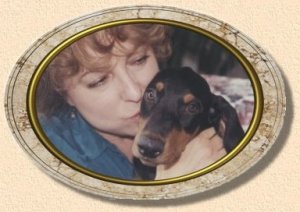|
|
Follow-up visits are determined at the doctor's discretion. If indicated, Dr. De Grasse will teach the animal's owner specific physical therapy techniques that can be used , at home, to promote spinal health and help to prevent further injury. With the paralyzed animal, an extensive rehabilitation program is available and additional follow-up visits with the doctor is provided. At present, Dr. De Grasse has returned over 800 paralyzed animals to full mobility. These animal numbers include horses, goats, pigs, birds, ferrets, guinea pigs, skunks, one duck, and many dog and cats along with one wallaby (small kangaroo).
|
Established Patient
It is recommended that maintenance visits occur once every quarter (every 3 or 4 months) unless the animal is a working animal. Police, seeing eye animals or special assistance animals may require monthly visits to maintain spinal health due to the nature or stress of the work performed. Many show or race animals routinely seek chiropractic are with Dr. De Grasse before competition to ensure optimum performance. Dr. De Grasse also works with many animal breeders to care for the pregnant animal. Dr. De Grasse performs many baby animal health screens as some spinal defects, pelvic or cervical problems and related alignment issues can be identified at a very early age and successfully corrected before the young animal becomes fully developed. It is recommended that the lay person bring their new, young pet in for a preventative chiropractic visit just as one would seek the initial veterinarian appointment.
|
|
